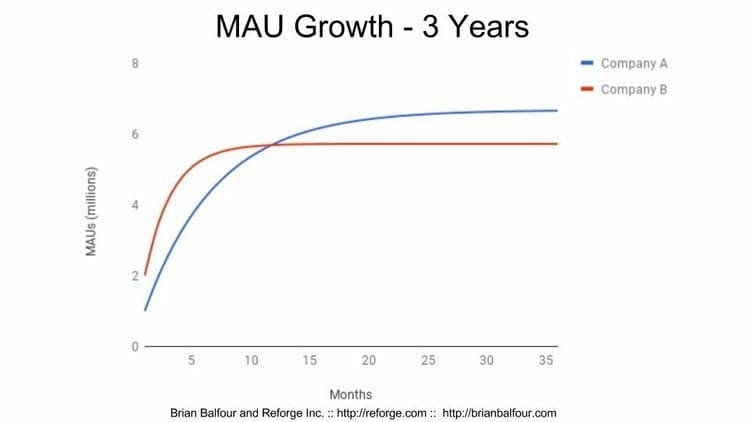- vvery — for brands and creators
- Posts
- 👾 Six challenges (and solutions) web3 startups are facing
👾 Six challenges (and solutions) web3 startups are facing
for product marketing and growth

It's been almost two weeks of going down the rabbit hole of web3, NFTs, metaverse, and digital apparel.
After talking with other entrepreneurs, trying new tools, buying NFTs, and joining communities, these are some challenges (and solutions) I see any web3 startups facing
1/ Retention is still the silent killer
Retention either makes you or breaks you. A lot of companies in the web3 space are either not even bothering about retention or looking closely at how to retain users.
Most startups are tracking users, revenue, and sometimes churn (outputs), but are missing the most important part: your inputs. They are not tracking how users are engaging with your product.
Users paying does not necessarily translate into customers actually using your product.
Products that have better retention will win in the long run.
Solution: Make a list of key use cases, add some tracking and start measuring how user behavior with your product.

2/ Hardcore web3 users care about privacy… early adopters, not as much
Signing up with a wallet is a great first step to getting users to your platform who are all about data privacy and staying anonymous.
However, this also makes it difficult for users, who don’t have a wallet (yet), to sign up and test your product. web3 is still in its infancy stages, so giving options is key to driving more users to your product or platform.
Solution: Give users the option to sign up for a free account via email or a phone number to expand user acquisition. Plus, you are able to re-engage them afterwards.
Nansen figured this out quickly and offers both. I can sign up pretty quickly and start using the product before paying.

3/ Early growth usually comes from a good product, not marketing
I’ve been talking with some companies in the space and most are thinking about how to “market” their platform better.
But I think there is a bigger need to understand how they can fuel growth through their product: making it easier for customers to sign up, test the product, and funnel them into core use cases to build product habits.
Start here - Product: Sign up > Aha Moment > Habit Building
Then here - Marketing: Acquisition > Conversion > Retention
Solution: Think of growth from the product lens first. Polish your user onboarding, getting them to your value prop quickly, and using core use cases in your product.
Then move into accelerating this growth with marketing dollars.
4/ Recurring fiat payments trump crypto one-time payments
Acquiring a new customer costs 5x more than retaining one. Being a web3 startup, it makes sense to allow customers to pay in crypto; however, there is a downfall to this.
You can’t charge recurring payments (not yet). And this is a huge deal when it comes to user retention. And investors really care about this metric!
When you don’t have subscriptions, you’re basically starting from zero each month. Those 150+ users you acquired last month, need to be re-acquired every single month.
Again.
And again.
Solution: It’s not sexy, but offer subscriptions through credit cards (fiat). In the long run, it will allow you to have a healthier and more stable growth. Most payment providers (e.g. Stripe) allow you to do this.
5/ Two or three well-oiled use cases are better than hundreds of features
Focus on adding value to users very quickly with specific and core use cases, rather than offering a list of features that don’t resonate with them.
I’ve been trying different web3 platforms lately.
A lot of times it's really difficult to understand what I’m supposed to do or it's easy to get lost while getting started. Instead of listing features, focus on core use cases that resonate well with your target audience.
Solution: Define core use cases and focus on getting users to do these first. Use visual cues to guide them through this experience. This will help them see the value of your product quicker.
Claap founders shared a good example of how they approached this:

6/ Messaging and positioning for your product still matters
Bringing users to your product is not enough. If you have not found a product-market fit yet, nailing your copy is key. Again, instead of explaining what users can do with your product, focus your copy on what users can achieve with your product.
Solution: Explain benefits and results instead of what they are able to do with your platform (features). The why comes first. Then explain the how.
Marketing Examples does a good job in explaining how to nail your landing page copy:
Explain the value you provide (title)
Explain how you'll create it (subtitle)
Let the user visualise it (visual)
Make it believable (social proof)
Make taking the next step easy (CTA)
